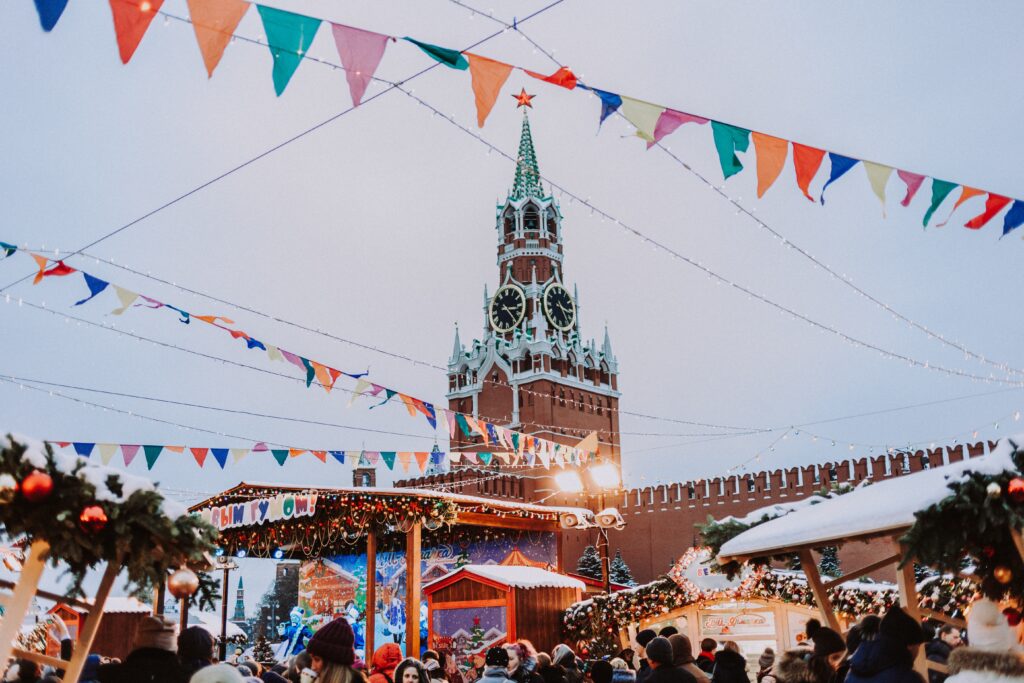As the monsoon clouds begin to grace the Indian skies, they bring with them one of the most vibrant and joyous festivals for women — Hariyali Teej. Celebrated with unmatched enthusiasm across North Indian states like Rajasthan, Uttar Pradesh, Bihar, Madhya Pradesh, and parts of Maharashtra, this festival symbolizes love, prosperity, and marital bliss. In 2025, Hariyali Teej falls on Sunday, 27 July, marking an auspicious occasion for worship, devotion, and celebration.
In this blog post, we’ll explore the date, Tritiya Tithi timings, shubh muhurat, puja rituals, and the traditional celebrations associated with this beautiful festival.
What Is Hariyali Teej?
Hariyali Teej, also known as Shrawan Teej, is the third day of the bright half (Shukla Paksha) of the Hindu month of Shravan (Sawan). The term ‘Hariyali’ means greenery, reflecting the lushness and life that the monsoon season brings. It is the first of the three major Teej festivals, followed by Kajari Teej and Hartalika Teej.
Goddess Parvati dedicates this festival to her union with Lord Shiva, celebrating her intense devotion and penance to attain him as her husband. Women, especially married ones, observe fasts and perform rituals seeking marital happiness, love, and prosperity.
Hariyali Teej 2025 Date and Tithi Timings
- Festival Date: Sunday, 27 July 2025
- Tritiya Tithi Starts: 26 July 2025 at 10:41 PM
- Tritiya Tithi Ends: 27 July 2025 at 10:41 PM
Devotees perform the Teej fast and puja based on sunrise timings, so they will celebrate it on 27 July according to Udaya Tithi (the Tithi at sunrise).
Shubh Muhurat for Puja
The most auspicious time to perform Hariyali Teej puja is during the early morning hours (preferably during Brahma Muhurat). This sacred window is ideal for meditation, chanting, and connecting spiritually.
Women should rise before sunrise, take a holy bath, wear traditional attire (usually green or red), and begin preparations for the Teej vrat and puja rituals.
Hariyali Teej Puja Rituals & Vrat Vidhi
Hariyali Teej is not just a religious observance; it’s a celebration of femininity, nature, devotion, and cultural beauty. Here are the main rituals associated with the day:
1. Nirjala Vrat (Fasting Without Water)
One of the most significant aspects of the festival is the strict fast observed by married and unmarried women. Known as Nirjala Vrat, it is undertaken without food or water. Married women observe it for the well-being and longevity of their husbands, while unmarried girls pray for a good life partner.
2. Solah Shringar and Mehndi
Women dress in their best ethnic attire — usually in green, which symbolizes fertility and harmony. They adorn themselves with Solah Shringar (sixteen adornments), apply mehndi (henna) on their hands, and wear colorful bangles and jewelry.
3. Puja to Goddess Parvati and Lord Shiva
The idols of Goddess Parvati (Gauri) and Lord Shiva are beautifully decorated with flowers, turmeric, and sindoor. Devotees light a diya (lamp), offer sweets, fruits, and flowers, and recite Teej Katha, which narrates Parvati’s devotion and her eventual union with Shiva.
4. Aarti and Bhajans
Women perform aarti and sing devotional songs dedicated to Shiva-Parvati. These bhajans are often accompanied by traditional dances and folk songs that celebrate womanhood and nature.
5. Jhoola (Swing) Celebrations
One of the most joyful parts of Hariyali Teej is the tradition of decorated swings (jhoolas) hung from trees. Women and young girls take turns swinging while singing monsoon songs. This symbolizes joy, renewal, and a carefree spirit.
Sindhara and Gifting Traditions
Hariyali Teej is also about family bonding. Parents of married daughters send Sindhara — a gift package containing sweets like ghevar, bangles, mehndi, clothes, and cosmetics. This gesture shows love and blessings for their daughter’s married life.
Regional Celebrations
Hariyali Teej is celebrated differently across various regions:
- Rajasthan: Women dress in royal traditional attire and participate in grand processions carrying idols of Parvati. The festival is a visual delight, especially in Jaipur, where local markets burst with Teej-specific items.
- Uttar Pradesh & Bihar: The focus remains on fasting, puja, mehndi, and swing festivities.
- Madhya Pradesh: Devotees organize community pujas, fairs, and cultural performances.
In temples like the Pashupatinath Temple in Nepal or Shiva temples in North India, thousands gather to offer prayers and seek divine blessings.
Connection with Monsoon
Hariyali Teej also marks a cultural welcome to the monsoon season. The sight of green fields, cloudy skies, the aroma of wet soil, and the songs of festivity make it a time of emotional and natural connection. It’s not just a festival — it’s a celebration of nature’s revival.
Final Thoughts
Hariyali Teej 2025 is more than just a day on the calendar. It’s a celebration of faith, love, tradition, and womanhood. As women gather dressed in green, with mehndi-clad hands and joy in their hearts, the festival paints a picture of unity, culture, and spirituality.
Whether you’re observing the vrat, enjoying the swings, or simply embracing the festive spirit, Hariyali Teej is a time to cherish the bonds of love — both divine and human.




